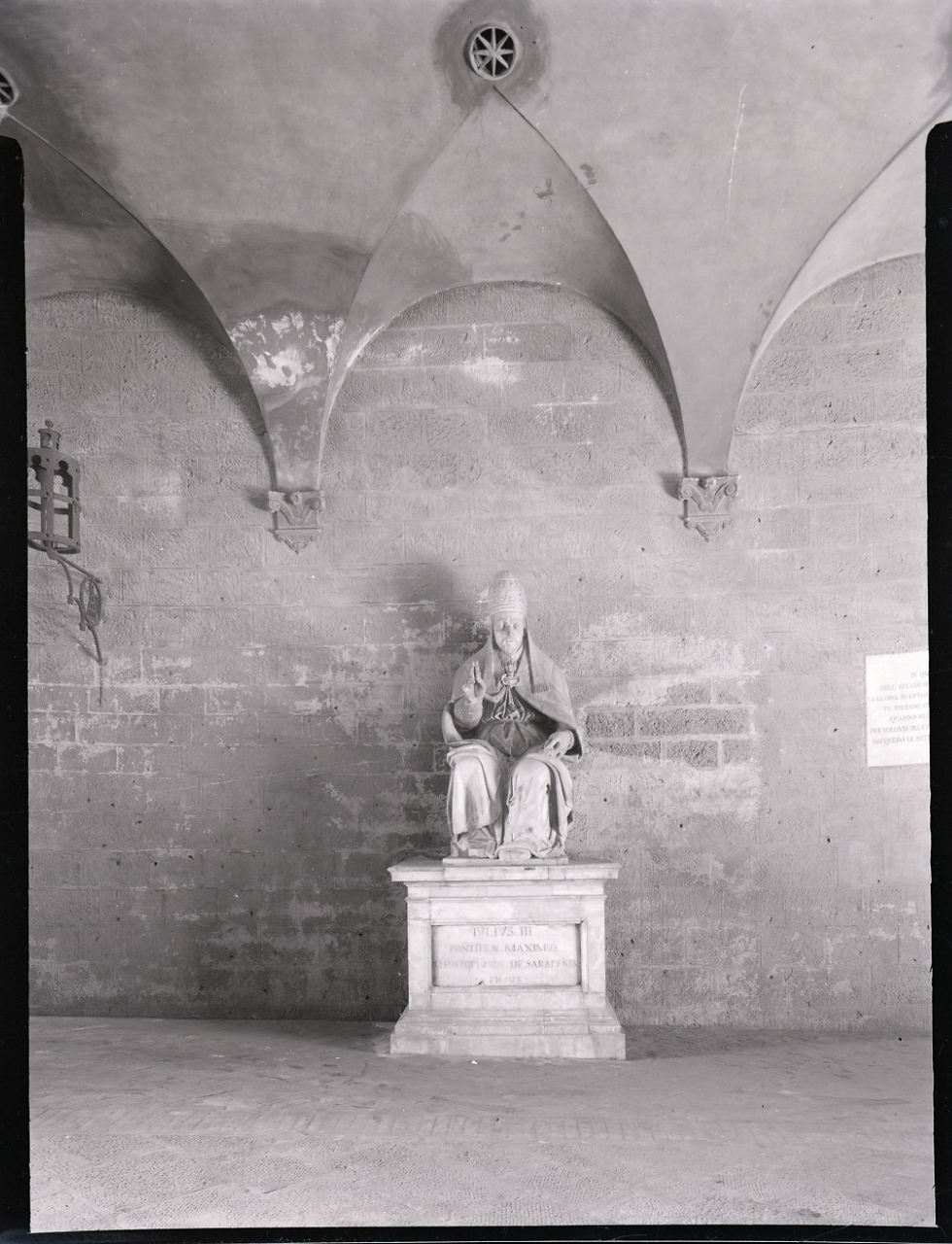Palazzo Chigi-Saracini on:
[Wikipedia]
[Google]
[Amazon]
The Palazzo Chigi-Saracini is a  The palace is described as a "Gothic beauty with a curved facade and back courtyard."
The palace is described as a "Gothic beauty with a curved facade and back courtyard."
 In the mid-twelfth century, the aristocratic Marescotti family of Siena, owners of a castle at the site, erected the tower that stands today next to the palace. Their emblem (an eagle with outstretched wings) is visible on the trefoil windows of the facade. Subsequent reconstructions led to the Gothic structure visible now.
In 1506, the Piccolimini-Mandoli family acquired the building and refurbished the palace interiors,
In the mid-twelfth century, the aristocratic Marescotti family of Siena, owners of a castle at the site, erected the tower that stands today next to the palace. Their emblem (an eagle with outstretched wings) is visible on the trefoil windows of the facade. Subsequent reconstructions led to the Gothic structure visible now.
In 1506, the Piccolimini-Mandoli family acquired the building and refurbished the palace interiors,
Gothic
Gothic or Gothics may refer to:
People and languages
*Goths or Gothic people, the ethnonym of a group of East Germanic tribes
**Gothic language, an extinct East Germanic language spoken by the Goths
**Crimean Gothic, the Gothic language spoken b ...
urban palace on the Via di Città in the Terzo di Città in central Siena
Siena ( , ; lat, Sena Iulia) is a city in Tuscany, Italy. It is the capital of the province of Siena.
The city is historically linked to commercial and banking activities, having been a major banking center until the 13th and 14th centuri ...
, Tuscany
Tuscany ( ; it, Toscana ) is a Regions of Italy, region in central Italy with an area of about and a population of about 3.8 million inhabitants. The regional capital is Florence (''Firenze'').
Tuscany is known for its landscapes, history, art ...
, Italy. It is the seat of the Accademia Musicale Chigiana
The Accademia Musicale Chigiana (''English'': Chigiana Musical Academy) is a music institute in Siena, Italy. It was founded by Count Guido Chigi-Saracini in 1932 as an international centre for advanced musical studies. It organises Master Classe ...
.
It was built by the Marescotti family in the 12th century. It was the house of Count Galgano Lucarini Saracini Galgano or Galganus may refer to:
*Galgano Guidotti (1148 – 1181), or Saint Galgano, Catholic saint from Tuscany
*Galgano, an alternate name for Gawain
Gawain (), also known in many other forms and spellings, is a character in Arthurian ...
and then it became property of Fabio Chigi Lucarini Saracini.
History
 In the mid-twelfth century, the aristocratic Marescotti family of Siena, owners of a castle at the site, erected the tower that stands today next to the palace. Their emblem (an eagle with outstretched wings) is visible on the trefoil windows of the facade. Subsequent reconstructions led to the Gothic structure visible now.
In 1506, the Piccolimini-Mandoli family acquired the building and refurbished the palace interiors,
In the mid-twelfth century, the aristocratic Marescotti family of Siena, owners of a castle at the site, erected the tower that stands today next to the palace. Their emblem (an eagle with outstretched wings) is visible on the trefoil windows of the facade. Subsequent reconstructions led to the Gothic structure visible now.
In 1506, the Piccolimini-Mandoli family acquired the building and refurbished the palace interiors, cortile
A courtyard or court is a circumscribed area, often surrounded by a building or complex, that is open to the sky.
Courtyards are common elements in both Western and Eastern building patterns and have been used by both ancient and contemporary ...
, and loggia
In architecture, a loggia ( , usually , ) is a covered exterior gallery or corridor, usually on an upper level, but sometimes on the ground level of a building. The outer wall is open to the elements, usually supported by a series of columns ...
in a Renaissance
The Renaissance ( , ) , from , with the same meanings. is a period in European history marking the transition from the Middle Ages to modernity and covering the 15th and 16th centuries, characterized by an effort to revive and surpass ideas ...
style.
In 1770, the owner Marcantonio Saracini undertook a restoration of the building that lasted until 1824, when Galgano, his son, inherited it. Preserving the original Gothic façade, the castle matches the characteristic curvature of this narrow medieval street. The interior was renovated and modernized by Agostino Fantastici
Agostino Fantastici (1782 – 1845) was an Italian scenic designer and architect, mainly active in Siena, Italy. He also wrote books of poetry.
Biography
He was born in Montalcino, but his father Bernardino was a teacher of arithmetic and pers ...
, and art collections were added.
In 1877, after Galgano Saracini died, the palace was inherited by Fabio Saracini, who died in a hunting accident, passing the castle on to his nephew Guido. Count Guido Chigi-Saracini
Count Guido Chigi Saracini (Siena, 8 March 1880 – Siena, 18 November 1965), full name Guido Chigi degli Useppi Saracini Lucherini, was an Italian patrician, a musical patron and composer, and a public administrator. Having inherited the Palazzo C ...
, the castle's last owner, restored the building's exterior and interior with the help of architect Arturo Viligiardi (especially the rococo-style concert hall). In 1932, he founded the Chigiana music academy, to which he bequeathed the building after his death in 1965.
References
External links
Chigi-Saracini Gothic architecture in Siena {{Italy-palace-stub